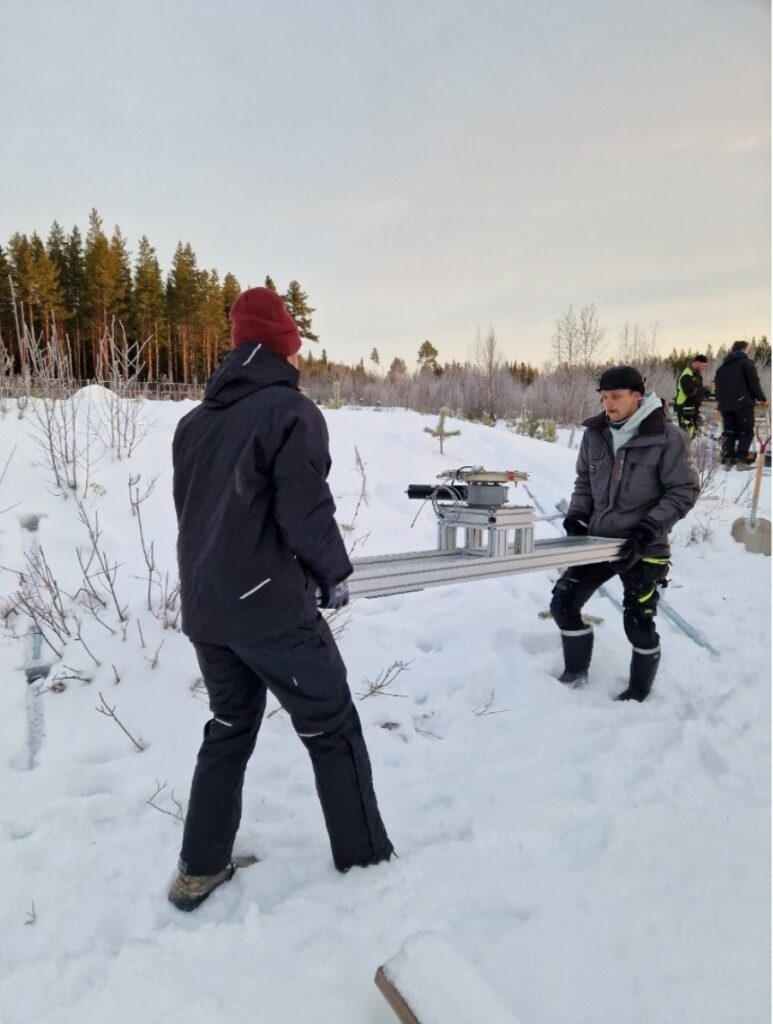At Vaja, we have embarked on a grand adventure to fundamentally transform the way that solar farms are built. Our aim is to improve the economics of solar energy such that building and operating these farms becomes even more financially attractive, for more people, in more places. In this way we can help accelerate the world’s transition to clean energy.
As a new company looking to be disruptive in an established industry, our ability to succeed is greatly dependent on the credibility of our claims, the data behind them, and the rigorous approach we take to validate them.
When it comes to validation, our core philosophy is that real-world testing is essential. That is why over the last six months we’ve built four fully operational test installations across Sweden – from the hilltops and farms close to Stockholm, to the frigid north, to the southern seashore.
These installations are all live, producing critical streams of data, generating energy, and validating both the substantial energy-generation benefits of our technology and the durability of our designs even in extreme conditions.
Getting to this place has not been easy, but our team has met the challenge with good spirits – spending days trudging through pouring rain and muddy terrain to install equipment, manually hauling heavy gear up and down steep hills, shoveling snow in remote locations in freezing cold to uncover ground anchors, frantically holding on to our hats in storm winds while inspecting our wind-responsive design, and suffering the inevitable small bumps and bruises that come from ferrying large solar panels around.
Yet it has all been worth it — we are already getting data that will help us refine the design of our solar installations (which already look quite a bit different from what people might expect), harden our mechanical systems, and streamline our installation processes.
As the data pours in we are already proving that Vaja’s technology performs across the year; in heavy wind, in torrential weather, and on the coldest days. We are clearly on the right track and we are excited about bigger test installations coming in the near future.
Later this spring we will report back with more specific results from our tests. Until then, please stay tuned as we’ll keep telling the stories of the challenges we overcome, the successes we achieve and the flaws we fix.

